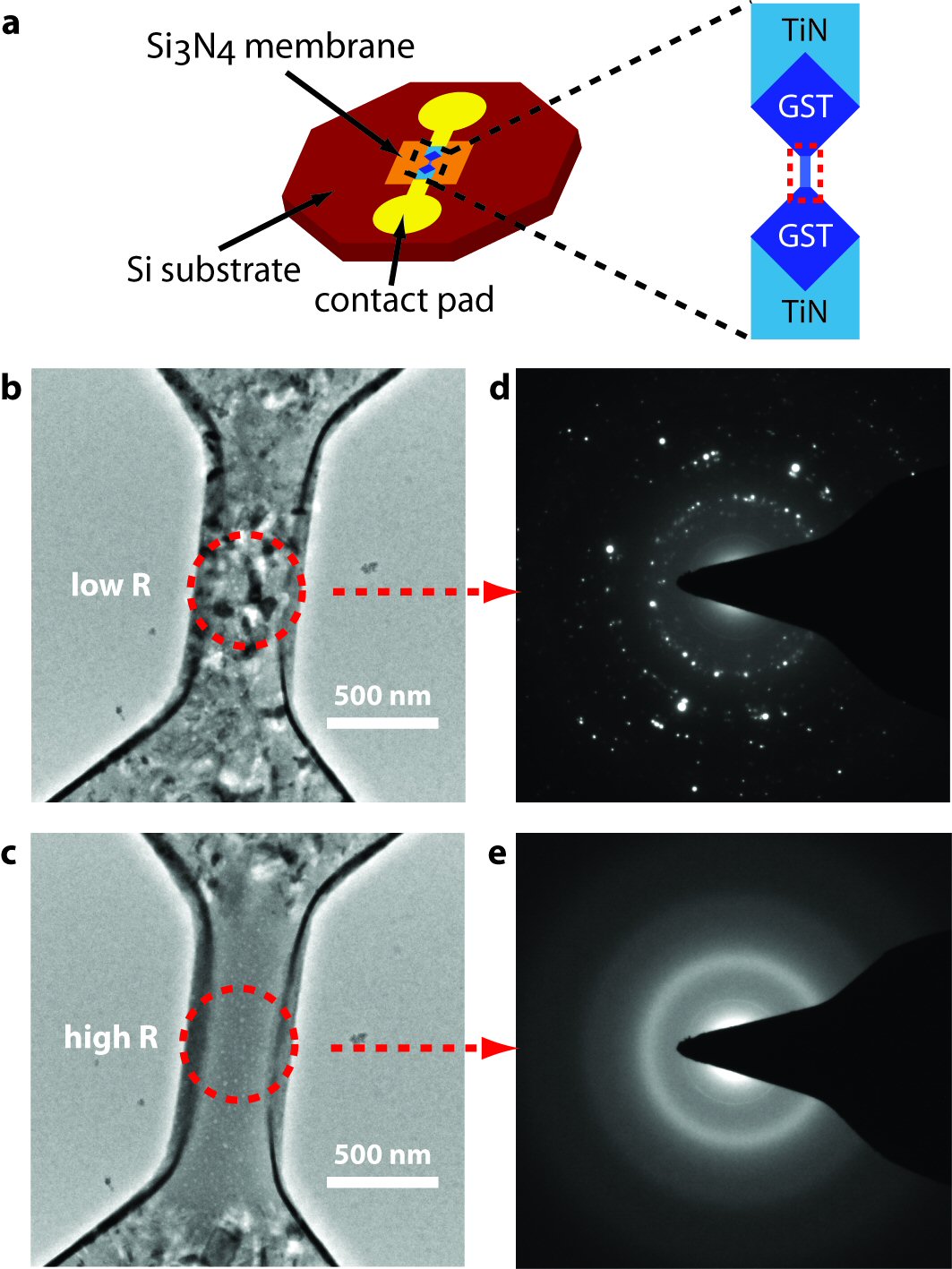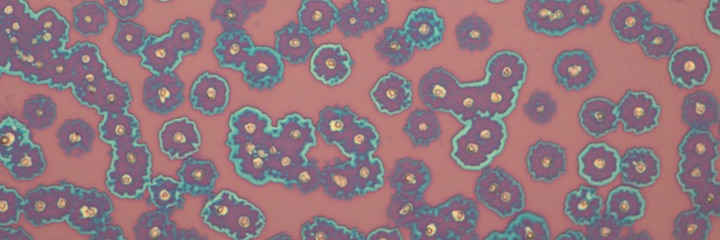Research Interests
The Cha research group focuses on synthesis and transport measurements of two-dimensional layered nanochalcogenides, in particular topological insulator nanoribbons and nanoplates. The group uses analytical scanning transmission electron microscopy and electron energy-loss spectroscopy to investigate the fundamental structure-property relationships of the synthesized nanomaterials for novel electronic, photonic, and plasmonic properties. Other chalcogenide systems are also investigated for energy applications.
2D Layered Chalcogenides
Layered materials beyond graphene are gaining much interest due to their anisotropic bonding, which rendors unique electronic properties not found in bulk counterparts. For example, a single MoS2 layer is a direct band gap semiconductor while the bulk is an indirect band gap semiconductor. The anisotropy between the edges and the basal planes plays a significant role in catalytic activities. In hydrogen evolution reaction using MoS2, the edge sites are catalytically active while the basal planes are inert.
Topological Insulator Nanomaterials
 |
We synthesize topological insulator nanomaterials and study their exotic electronic properties via transport measurements. Using vapor-solid (VS) and vapor-liquid-solid (VLS) growth methods, we grow Bi2Se3, Bi2Te3, Bi2(SexTe1-x)3, and (SbxBi1-x)2Te3 nanoribbons and nanoplates. Due to the large surface to volumn ratio, these nanomaterials are great platforms to study the topological surface states. |
In-situ TEM of Nanodevices
 |
We are interested in the dynamic relationship between structure and materials properties. In nano, analysis of the entire structure is manageable using TEM, so we can take movies of structural changes, while simultaneously recording materials properties that go along with structural changes.
Currently, we are studying size effects on crystallization kinetics of metallic glass nanostructures and structure-device performance relations of phase change memories. |

